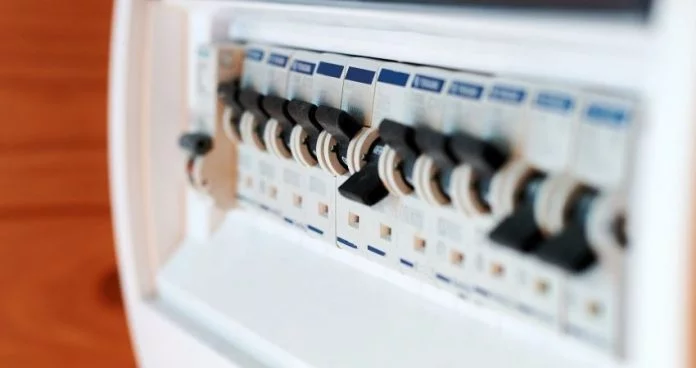Organizations are always on the lookout to make energy distribution more reliable and efficient, reducing the cost of operation. Herein comes the concept of Distribution Automation.
Distribution automation is the process by which your collected data is automated in such a way that it can be controlled remotely using various utilities in a power system.
Distribution automation devices also consist of various switches, controllers, and sensors, which keep on monitoring the system and creates an alert in case of any fault in the grid system.
The information which is gathered from a distribution automation devices network is transmitted to the end with the use of a wide area network (WAN). Here the information is further analyzed using various software to monitor and control the functions.
Here Are 7 Different Distribution Automation Devices
Remote fault indicators are the type of sensors that are used in the grid to detect its malfunctioning.
These automated sensors can help the operator to monitor the grid from a remote location. It measures the level of the current, which is passing in the grid and also takes note of the voltage.
This technology helps the grid operators in determining the fault in the power line. This can be done because of the information which is received by the remote fault indicators present on the nodes of the power line.
These fault indicators can be integrated with SCADA, which will help in detecting the exact location of the fault. Also, visual displays can be used to assist the technician team.
Smart relays are the smart technology devices that are used in a power grid. They consist of switches, which help in monitoring the current and voltage in the grid.
They can help in storing the information about the power system, which will be needed at the time of distress.
These relays are accessible from a remote location and can be adjusted according to the conditions. Installed in the substations, these relays provide feeder protection for the automated switches.
These switches are controlled and run by an algorithm which provides necessary data to the operator for further analysis.
Automated feeder switches are used in the grids to detect the faults as early as possible. They open and close in case there’s any fault.
It helps the operator of the distributed power grid to restore the power to the customers without any delay.
Automated feeder switches and reclosers are configured with smart relays to operate in response to the signals from grid operators. Switches that are present in the power system can also be configured to open and close in case of any fault.
Reclosing is used to create an interruption in the power flow to a feeder that has a fault. Reclosing helps in maintaining a smooth power flow in the power lines during storms.
Some utilities use capacitors to manage the loads from transformers, power lines, and the equipment which are used by the consumers that use high voltage current.
In case there’s a need for distributing the power to a large area, the operator uses a distribution capacitor bank.
This is nothing but many capacitors connected, which helps in increasing the capacity of the bank. These are installed on the poles and substation structures.
Voltage regulators are a very important part of a power grid. They are used to regulate the amount of current which is being provided to the consumer.
This should be done in order to protect the devices used by the consumer.
Voltage regulators should be installed in sub-stations to make adjustments to voltage levels when there’s a change in the load.
A voltage regulator helps the operator in detecting the amount of load on the feeder. It also detects whether the voltages are above or below the set levels and automatically adjusts to it.
Another way to measure the load in the power system is to install feeder monitors. They measure the load on the power lines and can raise the alarm as soon as the load reaches the damaging levels.
To help the operator, feeder monitors are used in the grid to get accurate data in real-time so that the operator can take corrective actions in case there’s a sudden increase in load in the grid line.
This device is used with information and control systems to reduce the outages that may occur in case of failure of a transformer or due to overload conditions in the power lines.
Transformer monitors are highly used in measuring the transformer’s insulation and its oil temperatures.
This process helps the operators to keep a check in the transformers and keep track of their abnormal operating conditions.
Transformer monitors are installed on the transformers themselves to keep a check on the fault even before it is going to happen.
Conclusion
Distribution automation is needed everywhere in the grids just to provide a hassle-free experience to your customers. No one wants to be in the dark and out of power for a long time.
So here, distribution automation helps the power organizations and the operators to track and resolve the faults to reduce the number of outrages.
Recommended For You:

